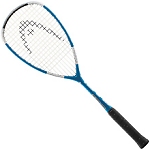
Don’t spend $200 on your first racquet. As a beginner, you should take that $200 and divide it into two parts. Spend $50 to $75 on a basic racquet and spend the rest on lessons.
Racquets are not lifetime investments. They are disposable tools with parts that wear out. Within a few years of purchasing it, chances are excellent that you will not be able to replace the bumper guards or other important parts when you take your racquet in to replace the strings.
Racquet technology is also changing. Like personal computers, squash racquets quickly become obsolete. One year they are shiny and new and everybody wants one. Three years later you can’t give them away and nobody at the repair shop wants to touch them.
Most importantly, though, racquets break. And the more you pay for them, the easier they are to break. This is because high-end racquets are extremely light. Many, in fact, are in the 120-130 gram range. It doesn’t take much; return a tight shot, clip the wall and SNAP! You’re on the way to the store for a new squash racquet.
Beginner racquets are much sturdier. Manufacturers know that beginners will be over-running the ball and smashing their racquets into the walls. They understand that this part of the learning process. So they design beginner racquets to take more punishment.
The money saved by purchasing a lower-priced racquet should be invested in lessons. Lessons will help beginners move quickly to the intermediate level. Since intermediate level players are less likely to over-run the ball and crash into the walls, most are ready to start shopping for a higher quality racquet.
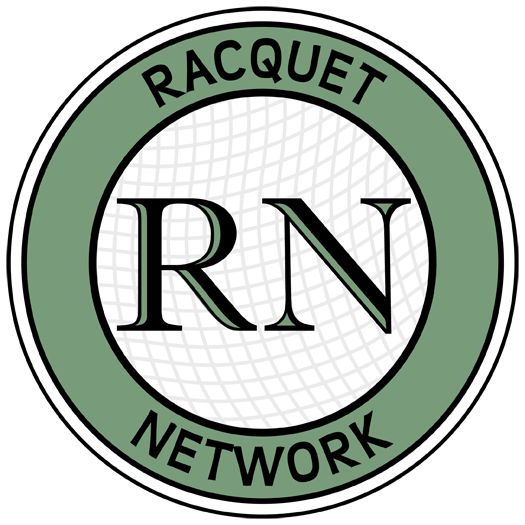
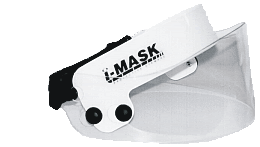

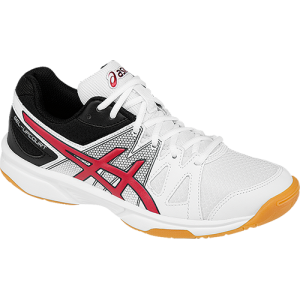 If your kid is playing squash or badminton, you have probably already experienced some of the frustrations common to parents on the subject of court shoes. For one thing, it can be difficult to find anybody who carries them. For another, stores who do carry them never seem to have much of a selection.
If your kid is playing squash or badminton, you have probably already experienced some of the frustrations common to parents on the subject of court shoes. For one thing, it can be difficult to find anybody who carries them. For another, stores who do carry them never seem to have much of a selection.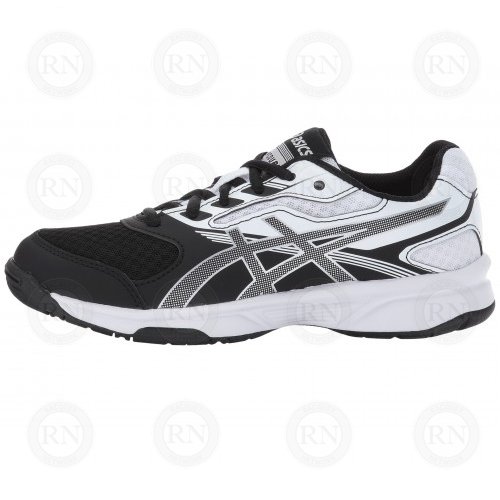
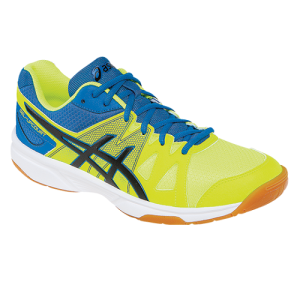 At least once a week, we see adult men coming into our store to purchase Asics Gel-Upcourt court shoes. Everytime this happens, we issue a standard warning to buyers. While these shoes are attractively priced, there are good reasons why they are priced so unusually low.
At least once a week, we see adult men coming into our store to purchase Asics Gel-Upcourt court shoes. Everytime this happens, we issue a standard warning to buyers. While these shoes are attractively priced, there are good reasons why they are priced so unusually low.